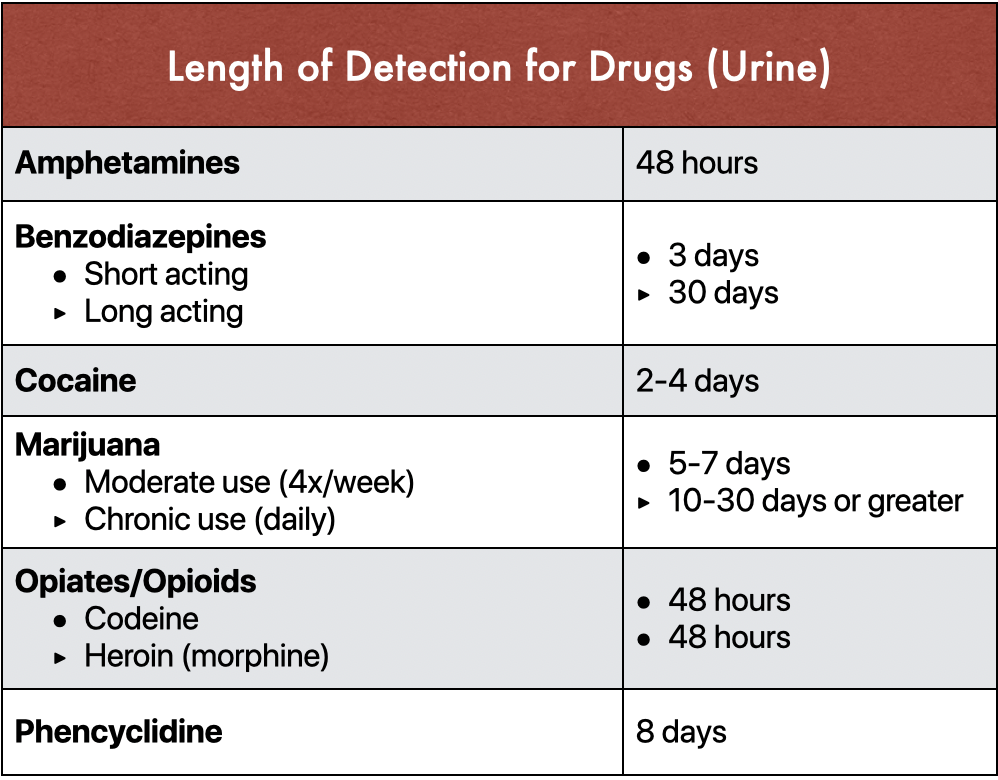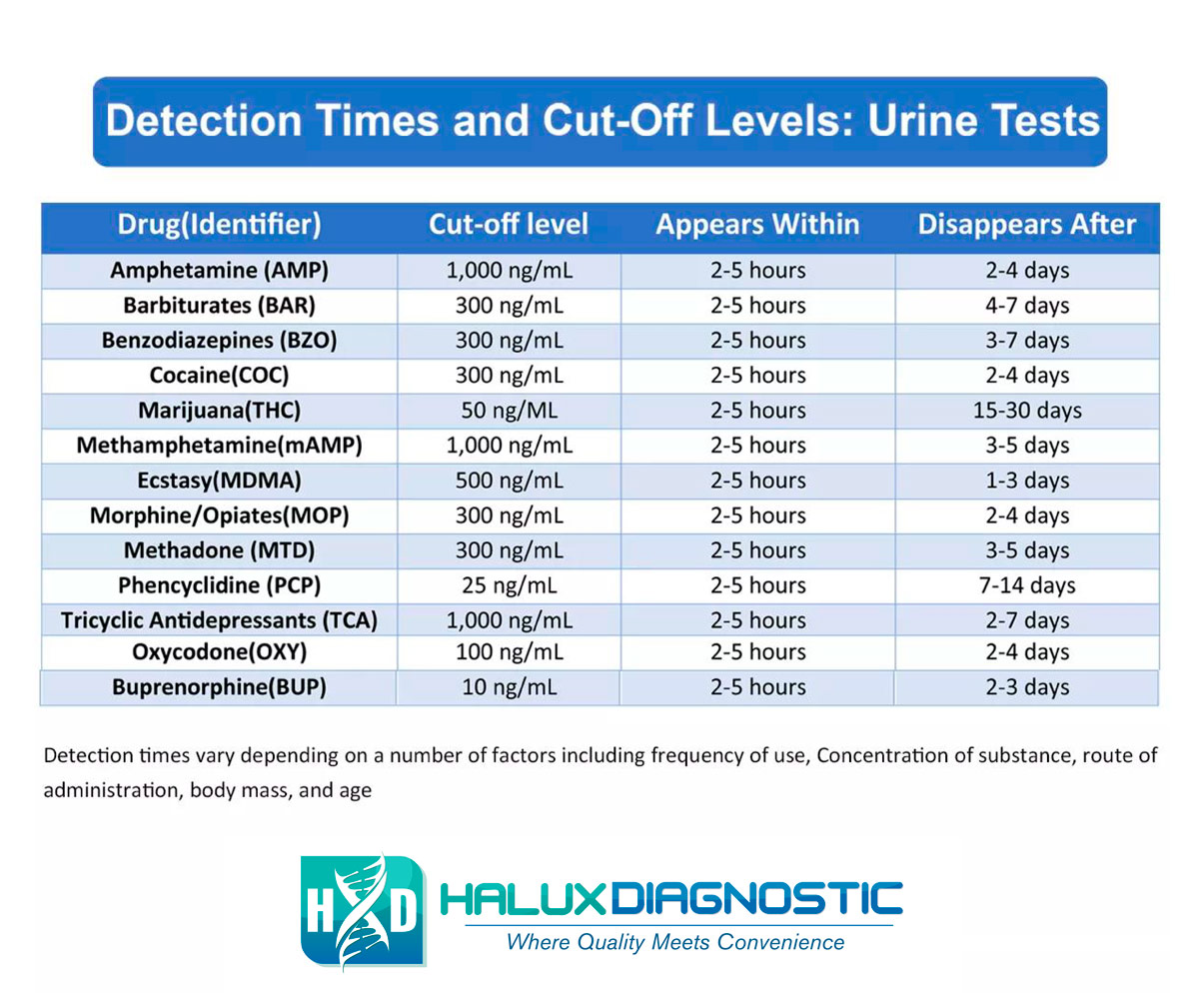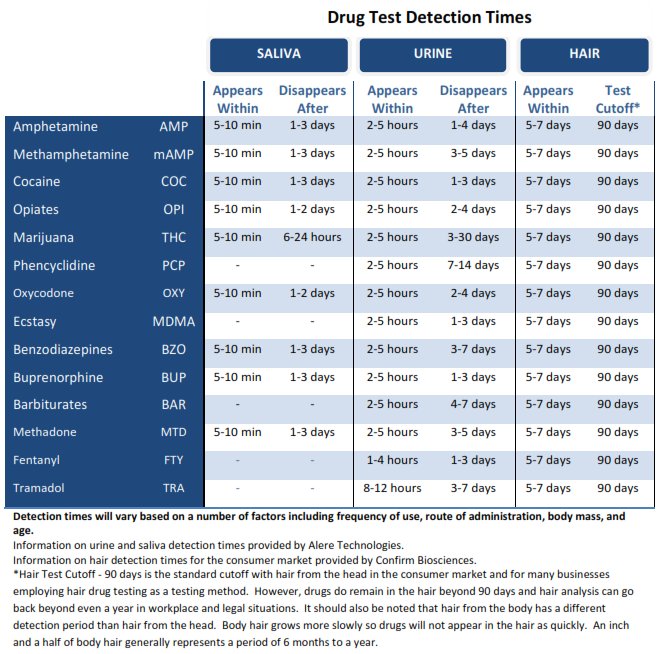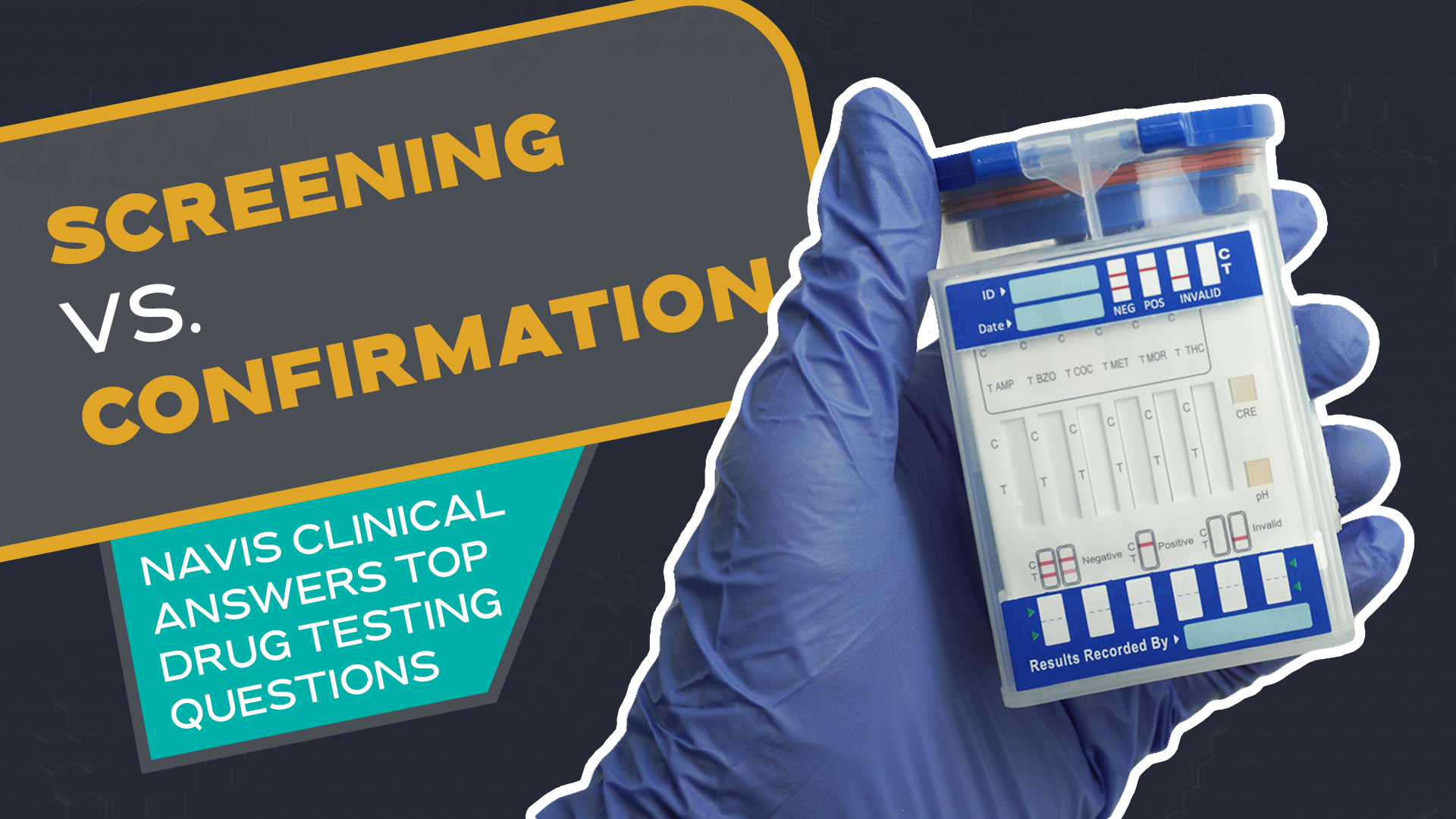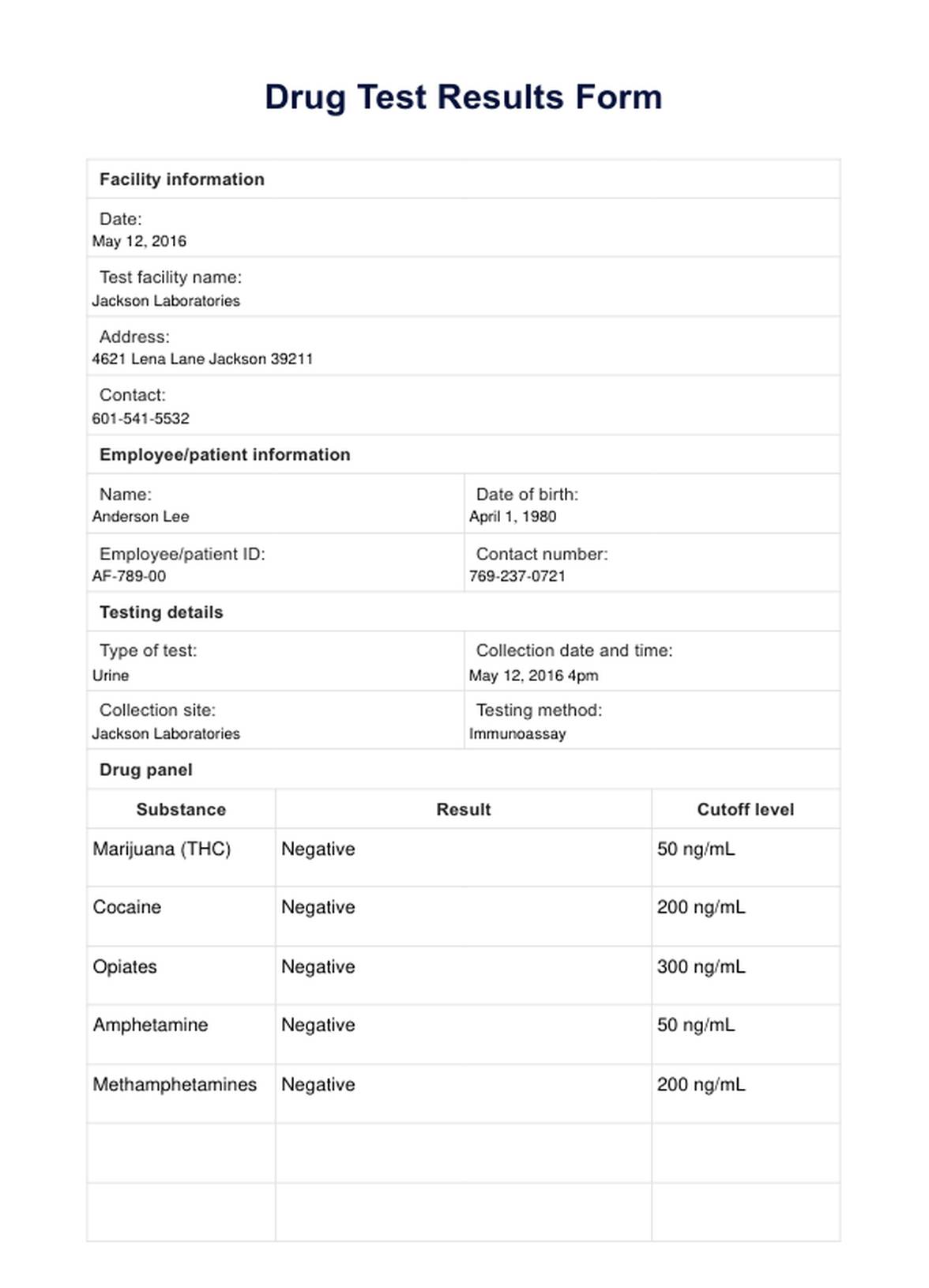Clinical Reference Laboratory Drug Test Result Time

Employers, healthcare providers, and individuals awaiting drug test results from Clinical Reference Laboratory (CRL), one of the nation's leading reference laboratories, are experiencing varying turnaround times, prompting questions about the factors influencing these timelines and the potential implications for decision-making processes.
This article examines the typical result delivery timeframe for CRL drug tests, explores the elements that can affect processing speed, and considers the impact of these timelines on individuals and organizations that rely on timely and accurate drug screening.
Factors Influencing Result Turnaround
The time it takes to receive drug test results from CRL isn't a fixed number; it's influenced by several variables. These include the type of test ordered, the collection method, and the volume of samples being processed at the lab.
Generally, a standard urine drug screen, the most common type, typically yields results within 24 to 72 hours from the time the sample arrives at the laboratory, according to publicly available information and industry averages. However, this timeframe can fluctuate.
Several key factors contribute to these variations:
Test Complexity
Simple screening tests are typically processed faster than more complex confirmation tests. If an initial screening test yields a non-negative result, a confirmation test, usually using gas chromatography-mass spectrometry (GC-MS) or liquid chromatography-mass spectrometry (LC-MS), is performed to confirm the presence of specific substances.
Confirmation testing requires more sophisticated equipment and analysis, extending the overall turnaround time.
Sample Volume
Like any high-volume laboratory, CRL's processing speed can be affected by the number of samples it receives. During peak periods, such as after holidays or during specific industry-wide testing initiatives, the lab may experience backlogs that extend turnaround times.
Seasonal flu outbreaks, for example, often increase demand for laboratory services, potentially impacting processing times across all test types.
Collection Method and Location
The location and method of sample collection also plays a part. Samples collected at remote sites and shipped to the lab may experience delays due to transportation logistics.
Additionally, some collection methods, such as hair follicle testing, require more extensive preparation and analysis, leading to longer result times.
Quality Control Procedures
CRL, like all certified laboratories, adheres to stringent quality control procedures to ensure the accuracy and reliability of its results. These procedures, while essential for maintaining quality, can add to the overall processing time.
Regular instrument calibration, quality control checks, and data review are integral parts of the testing process.
Impact on Employers and Individuals
The turnaround time for drug test results can significantly impact both employers and individuals. For employers, delays in receiving results can hinder hiring processes, delay disciplinary actions, and potentially compromise workplace safety.
Companies in safety-sensitive industries, such as transportation and construction, often require rapid drug test results to ensure compliance with regulations and to minimize risks associated with impaired employees.
For individuals, delayed results can cause anxiety and uncertainty, especially in situations where employment or other opportunities are contingent on passing a drug test. The waiting period can be particularly stressful for those who are confident they will pass but are still subject to the processing delays.
"The uncertainty while waiting for results can be incredibly stressful," says Jane Doe, a job applicant who recently underwent a drug screening. "It puts your life on hold."
Addressing Concerns and Seeking Information
Individuals and employers who have concerns about drug test result turnaround times should first contact the collection site or the ordering entity, such as a medical provider or employer, for updates.
CRL also provides customer service channels through which inquiries can be made, although specific turnaround time information may be subject to privacy regulations and contractual agreements.
Open communication between the laboratory, the ordering party, and the individual being tested is crucial for managing expectations and addressing any potential delays.
Conclusion
While Clinical Reference Laboratory strives to provide timely and accurate drug test results, various factors can influence the turnaround time. Understanding these factors is essential for managing expectations and mitigating potential disruptions.
By considering the complexity of the test, sample volume, collection method, and quality control procedures, stakeholders can better anticipate and address potential delays. Ultimately, clear communication and proactive follow-up are key to navigating the drug testing process effectively.
The industry continues to evolve with technological advancements, promising even faster and more accurate results in the future. However, for now, understanding the current landscape and factors influencing result delivery is paramount.

